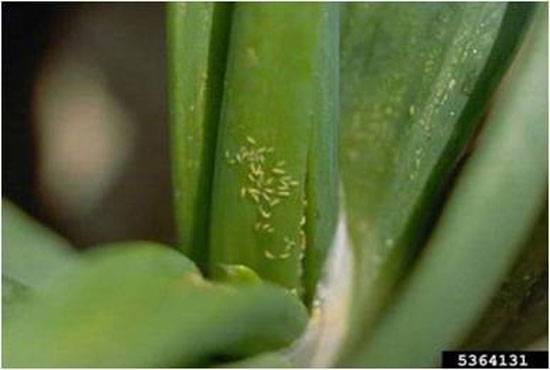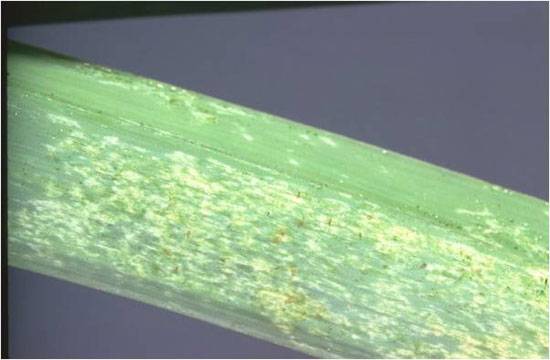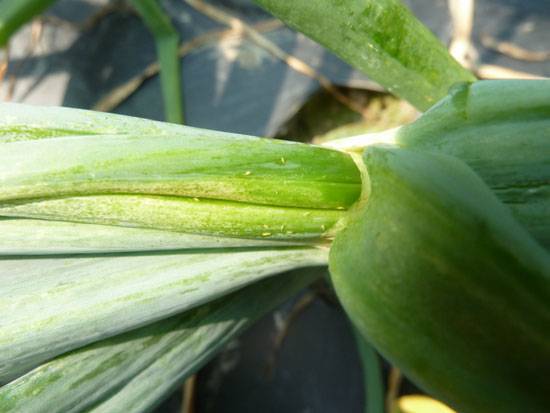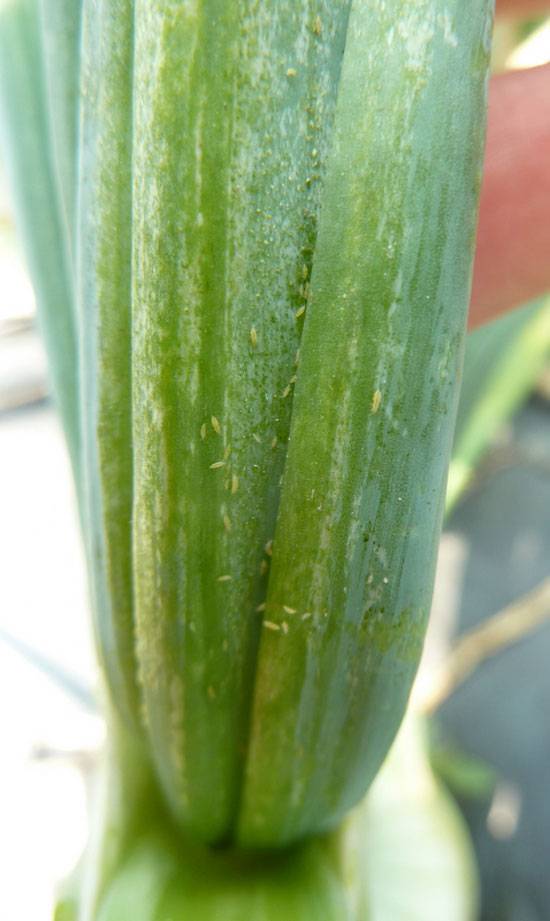Onion
Thrips

Thrips
Thrips tabaci

Thrips
Thrips tabaci

Thrips
Thrips tabaci

Thrips
Thrips tabaci

Thrips
Thrips tabaci

Thrips
Thrips tabaci
Onion thrips (Thrips tabaci) are small but significant pests that can cause substantial damage to onion crops and various other plants. These tiny insects are often difficult to detect until visible symptoms appear, making early intervention crucial for effective management. Thrips have a complex life cycle that includes multiple stages, from egg to adult, and they can reproduce quickly, leading to rapid infestations. As they feed on plant juices, they not only cause physical damage to the leaves but can also transmit diseases, ultimately affecting crop yield and quality. Understanding their life cycle, symptoms of infestation, and potential host plants is essential for farmers and agricultural professionals to mitigate their impact effectively.
Onion Thrips: A Brief Overview
Life Cycle:
- Adult females live for 2-4 weeks and lay 50-60 kidney-shaped eggs singly in slits made in the leaf tissue using sharp ovipositors.
- Egg incubation period lasts 4-9 days.
- Nymphs go through four stages and are fully fed within 4-6 days before descending to the ground to pupate at a depth of about 25 mm.
- Pre-pupal and pupal stages last 1-2 days and 2-4 days, respectively.
- Multiple generations can be completed within a year.
Symptoms of Infestation:
- Early-Stage Indicators: Curling and twisting of leaves can be observed during the first 45 days post-transplanting.
- Characteristic Signs: Presence of white or silvery patches on the leaves.
- Severe Infestation: In cases of heavy infestation, the entire plant appears blemished and turns white.
Host Plants: Onion thrips affect a wide range of crops, including:
- Onion and garlic
- Cotton (Gossypium spp.)
- Cabbage and cauliflower
- Potato and tobacco
- Tomato and cucumber (Cucumis sativus)
- Brinjal, tea, pear, pineapple, chillies, radish, grapes, etc.
Damage Symptoms:
- Both adults and nymphs lacerate leaf tissue and feed on plant juices.
- Thrips are small and often visible to the naked eye, moving briskly on flowers and leaves, typically congregating at the base of a leaf or in flowers.
- Leaves of affected plants turn silvery white, curl, wrinkle, and gradually dry out from the tip downwards.
- Infestation can prevent bulb formation and inhibit seed set in flowers.
- Discoloration and drying of leaf tips are the primary symptoms of onion thrips damage.
